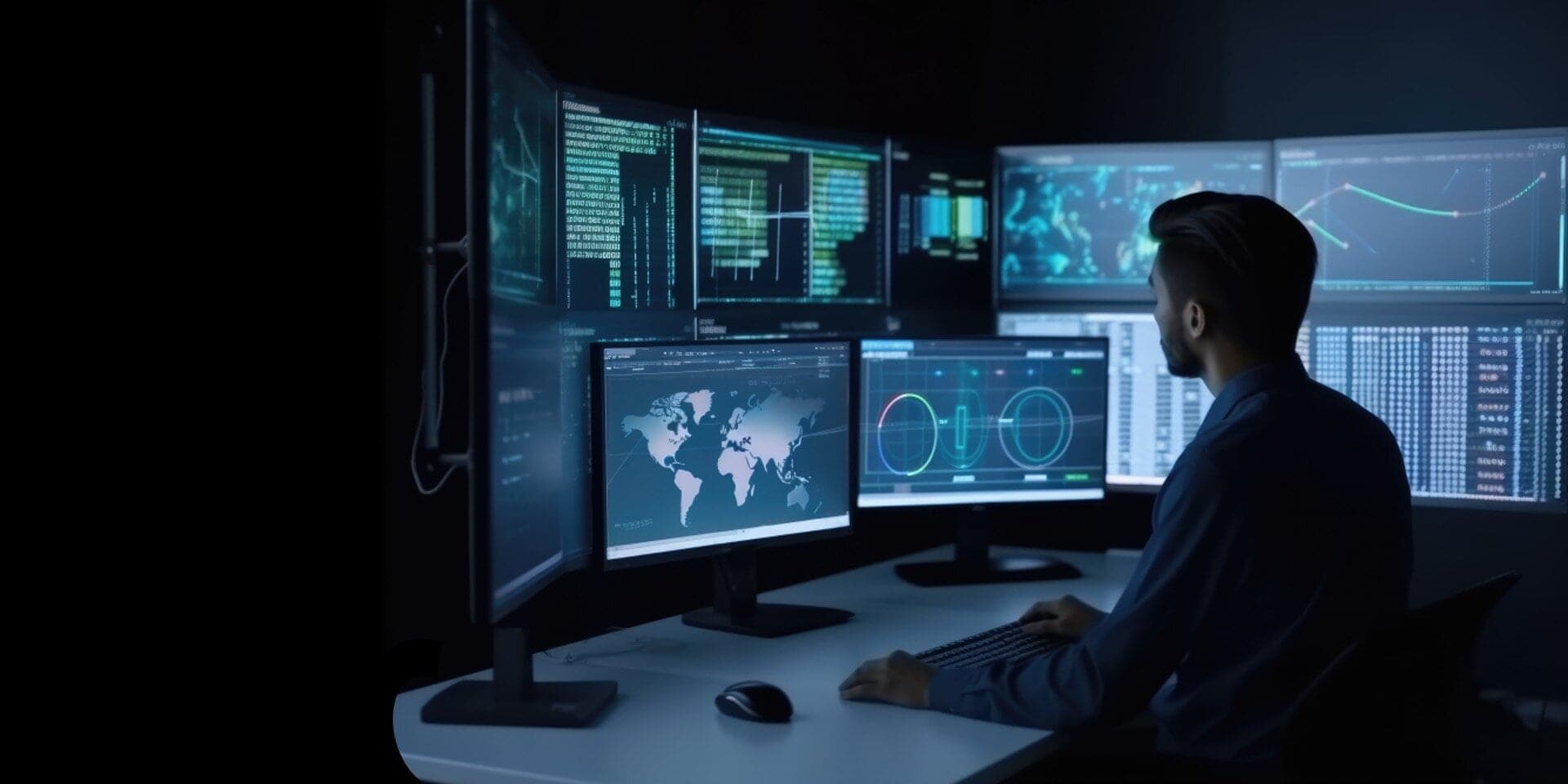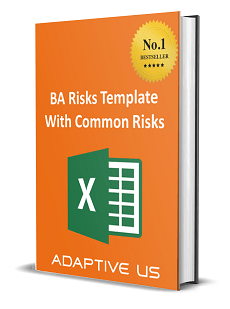5 Must-Read Books to Develop Your Risk Analysis Skills
Are you ready to take your risk analysis skills to the next level? Look no further! We've curated the ultimate reading list to enhance your understanding of risk assessment and captivate and engage you from cover to cover. Whether you're a professional or a novice risk analyst, these five must-read books are guaranteed to expand your knowledge, challenge your thinking, and inspire you to become a master of risk analysis. Get immersed in invaluable insights as we unveil the literary gems that will elevate your risk assessment game like never before!
The importance of reading to develop risk analysis skills
Risk analysis has become essential for individuals and organizations in today's fast-paced and ever-changing world. Whether you are a business owner, a project manager, or simply someone looking to make more informed decisions in your personal life, the ability to analyze and mitigate risks is crucial.
But how does one develop this skill? While various methods and techniques can be learned through training courses and practical experience, one often overlooked but highly effective way is through reading. Reading expands our knowledge and understanding of different topics, challenges our thinking processes, and widens our perspectives.
In this section, we will delve into why reading is essential for developing risk analysis skills.
1.1 Expands Knowledge Base
Risk analysis involves gathering information from various sources, analyzing it, and making informed decisions from the findings. Therefore, having a wide range of knowledge on different subjects can significantly enhance your risk analysis abilities.
For example:
- A book on human behavior can provide insight into how people may react in certain situations and help identify potential risks associated with human factors.
- A book on financial trends can aid in identifying economic risks that could impact a business.
- A historical novel about past events can reveal potential risks in similar situations today.
1.2 Challenges Thinking Processes
Reading also helps to challenge our thinking processes and encourages us to consider different perspectives and scenarios. This is especially important in risk analysis, as it requires thoroughly examining all possible outcomes and their likelihoods. By reading books that present alternative viewpoints or explore hypothetical situations, we can expand our critical thinking abilities and develop a more well-rounded approach to risk assessment.
For example:
- Reading a book on game theory can help you understand the concept of decision-making under uncertainty, which is crucial in risk analysis.
- A novel about time travel can prompt you to think about the potential consequences of altering past events and how they could impact future risks.
1.3 Improves Judgment
Another essential aspect of risk analysis is making sound judgments based on available information. Reading books focusing on decision-making and problem-solving techniques can help improve your judgment skills by providing practical tips and strategies for analyzing risks and making informed decisions.
For example:
- A book on critical thinking can teach you how to evaluate information objectively and make logical decisions.
- A self-help book on decision-making can offer a step-by-step guide for assessing risks, weighing options, and choosing the best course of action.
Book 1: "Thinking, Fast and Slow" by Daniel Kahneman
Published in 2011, "Thinking, Fast and Slow" is a groundbreaking book written by Nobel Prize-winning psychologist Daniel Kahneman in which he explores the two systems that drive the way we think: System 1, which is fast, intuitive, and emotional, and System 2, which is slow, deliberate, and logical.
Throughout the book, Kahneman presents his research on cognitive biases and their effect on decision-making. He also discusses the concept of heuristics – mental shortcuts that help us make quick decisions based on limited information. While these shortcuts can be impactful in certain situations, they can also lead to errors in decision-making.
One of the key takeaways from this book is the distinction between our experiencing self (what we feel in the moment) and our remembering self (how we reflect on past experiences). This differentiation has important implications for risk analysis as it highlights how factors such as emotions and memory biases can influence our perception of risk.
Kahneman's work has significantly impacted fields such as economics, psychology, and business management. His insights have also been applied to areas such as finance and investing. By understanding how our minds work through System 1 and System 2 thinking processes, readers can better analyze risks more accurately.
Book 2: "The Black Swan: The Impact of the Highly Improbable" by Nassim Nicholas Taleb
This groundbreaking book challenges conventional wisdom and explores the role of randomness in our lives. "black swan" refers to unexpected, rare events that have a significant impact and are often rationalized after the fact. In this book, Taleb argues that these black swan events play a much more substantial role in shaping our world than we realize.
Taleb begins by discussing how humans tend to underestimate the influence of randomness and overestimate our ability to predict and control future outcomes. He introduces the concept of "the ludic fallacy," which refers to our tendency to simplify and oversimplify complex systems, leading us to believe that they are more predictable than they are. Using various examples from history, economics, and science, Taleb highlights how this fallacy has led us astray in many areas of life.
One of the critical insights of "The Black Swan" is that while we cannot predict or prevent black swan events, we can prepare for them. Taleb introduces the concept of "antifragility," which refers to systems or individuals that benefit from shocks and unpredictability rather than being harmed by them. By building antifragility into our lives and organizations, we can better withstand the impact of black swan events when they inevitably occur.
Book 3: "Thinking in Bets: Making Smarter Decisions When You Don't Have All the Facts" by Annie Duke
This thought-provoking and insightful read delves into the world of decision-making under uncertainty. Drawing from her experience as a professional poker player, Duke applies the principles of risk analysis to real-life situations, helping readers make better decisions when faced with incomplete or conflicting information.
The book begins by challenging our traditional thinking patterns and highlighting how our tendency to seek out certainty can often lead us astray. Duke argues that life is one big game of poker where we constantly make bets based on limited information. She emphasizes the importance of understanding probability and recognizing that every decision involves some risk.
One of the key takeaways from this book is the concept of resulting – the tendency to judge decisions based on their outcomes rather than their quality at the time they were made. Duke explains how this thinking can hinder our ability to assess risks and make sound decisions accurately. Instead, she encourages readers to focus on decision quality rather than results, as it allows for more rational and objective evaluation.
Another important lesson from "Thinking in Bets" is separating luck from skill in any situation. Humans naturally attribute success or failure solely to our abilities or lack thereof. However, Duke argues that luck plays a significant role in shaping outcomes and teaches readers how to recognize its influence to make better decisions.
Book 4: “Against the Gods: The Remarkable Story of Risk” by Peter L. Bernstein
“Against the Gods: The Remarkable Story of Risk” by Peter L. Bernstein is a classic in risk analysis and is hailed as one of the most influential books. In this book, Bernstein takes readers on a journey through the history of risk and how it has shaped our world.
The book begins with an introduction to probability theory and how it was developed by mathematicians such as Blaise Pascal and Pierre de Fermat. From there, Bernstein delves into the origins of risk, tracing it back to ancient civilizations such as Mesopotamia, Greece, and Rome. He highlights how these societies had different attitudes towards risk – some embraced it while others feared it – and how this influenced their decision-making processes.
Moving forward, Bernstein explores key historical moments where risk played a significant role. These include the development of insurance in Europe during the Renaissance period, the rise of capitalism and its impact on risk-taking behavior, and significant financial crises such as Tulip Mania in Holland and the Great Depression.
One of the main themes throughout this book is that uncertainty will always be present no matter how advanced our society becomes or how skilled we are at managing risks. This idea is reinforced through case studies from various industries, such as finance, business, science, and politics. Readers will learn how different individuals have approached risk in their respective fields and what lessons can be learned from their failures or successes.
Book 5: "Fooled by Randomness" by Nassim Nicholas Taleb
Nassim Nicholas Taleb is a renowned scholar, statistician, and former trader who has dedicated his career to studying risk and uncertainty in various fields. In his book "Fooled by Randomness," Taleb takes readers on a thought-provoking journey into the world of randomness and its influence on our lives.
The central premise of this book is that we, as humans, tend to be easily deceived by randomness, especially when it comes to making decisions or analyzing risks. We often attribute success or failure to our skills and abilities, ignoring the role of luck and chance in these outcomes. This tendency can lead us to make flawed decisions based on incomplete information, resulting in severe consequences.
Taleb challenges traditional thinking patterns and offers a fresh perspective on how randomness shapes our lives. He argues that we should embrace uncertainty instead of trying to control it. By understanding the role of probability and chance in our daily lives, we can better navigate risks and make more informed decisions.
One of the most significant takeaways from this book is the concept of "black swan events." These rare but highly impactful events are challenging to predict but have significant societal consequences. In today's increasingly complex world, black swan events are becoming more common, making it crucial for individuals and organizations alike to understand their potential impact.
Conclusion
Reading is not only a great way to expand your knowledge and imagination, but it can also help you develop essential skills such as risk analysis. These must-read books cover various topics and offer valuable insights and techniques for mastering risk analysis. Whether you are a student, professional, or simply looking to improve your critical thinking abilities, these books will provide the tools necessary to excel in this field. So, pick up these titles and enhance your risk analysis skills today!
You May Also Like
These Related Stories

How to Transition from a Risk Analyst to a Business Analyst Role

IIBA Certifications : Which one is right for you in 2025?



No Comments Yet
Let us know what you think